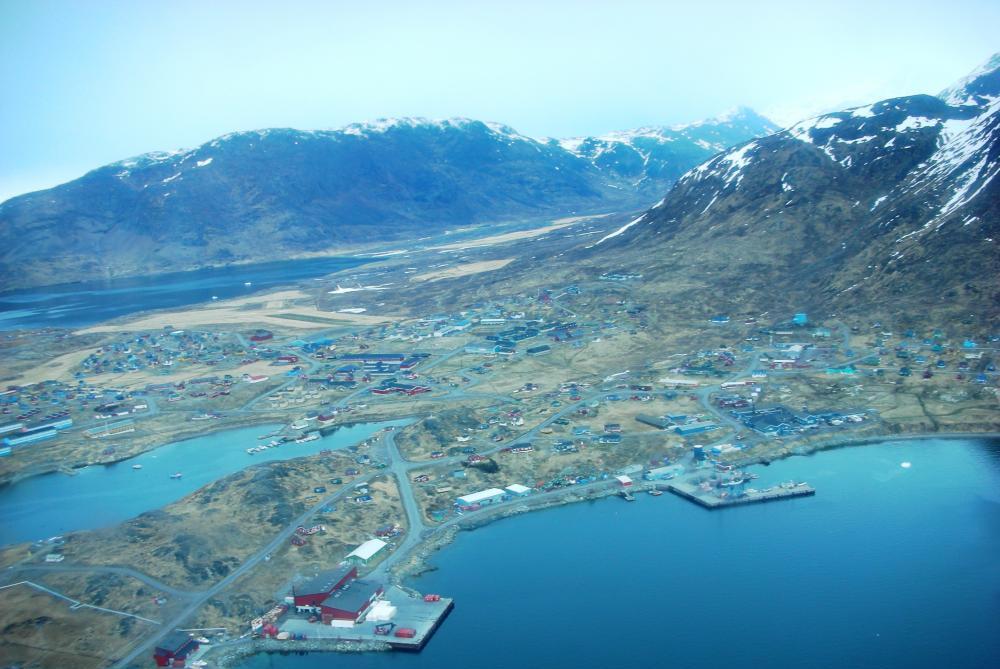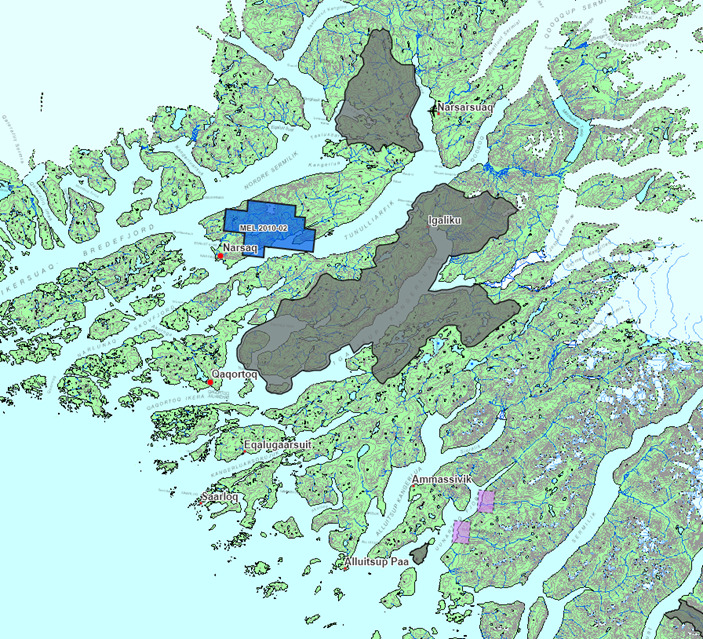Greenland officials extend hearing period, add meetings ahead of Kuannersuit mine decision
The public will have an additional 11 weeks to submit comments on the controversial rare earths and uranium mine.

Naalakkersuisut, Greenland’s government, will hold at least two additional community meetings and extend the deadline for the public to submit comments about a proposed rare-earths and uranium mine by 11 weeks, nearly doubling the length of the consultation period.
“We are still in a situation in which everyone has something to say and has an opinion about the project,” Jens-Frederik Nielsen, the mining minister, said in a statement. “That is the point of the public comment process. No decision will be made until Naalakkersuisut is sure that no stone remains unturned. Extending the comment period will make sure that is the case.”
The decision comes amidst an increasingly tense debate over the Kuannersuit mining project that has included threats of violence aimed at forcing the cancellation of the meetings, due to start on Friday. Local lawmakers and now key members of the national assembly have called for changes to the public-consultation period due to concerns that COVID-19 restrictions would limit participation in the meetings.
[Bomb threat, COVID throw Greenland’s Kuannersuit mine approval process into disarray]
From its start, the Kuannersuit (also known as Kvanefjeld) project has been a matter of concern due to fears that it will kick up radioactive dust that will settle on the nearby town of Narsaq. The involvement of Shenghe, a partly state-owned Chinese firm, in the project in 2016 has led to speculation about whether Greenland Energy, the Australian firm that has worked since 2007 to develop Kuannersuit, would retain ownership after approval to begin operations was granted.
More recently, the discussion has turned to whether thorium, a second and more potent radioactive element, that will remain on the site after the mine is wound down, will pollute local drinking water or put an end to agriculture and fishing in the region.
In recent days, experts in have also cast uncertainty on Greenland Energy’s calculations that operations at Kuannersuit would generate 1.5 billion kroner ($240 million) for Greenland each year, or about a third of the value of the annual subsidy it receives from Denmark.
[A controversial Greenland mine passes a key regulatory hurdle, and heads for public comment]
Likewise, the country’s leading geologist has criticised the thoroughness of the 300-page report, complied by independent experts on behalf of the firm, assessing the environmental impact of the mine.
“The environmental-impact assessment needs, in my opinion, to be redone. They haven’t done a good enough job. There are too many unanswered questions,” Ole Christiansen, who is the geological advisor for the Kujalleq region, where the mine will be located, told the newspaper AG.
Greenland Energy says it has no plans to cede control of the mine, just as it defends its indented method for storing thorium as safe. Representatives from the company will be on hand during the meetings to answer questions from the public. Its managing director, John Mair, will take part via video link from Australia.

Nielsen had originally refused to extend the consultation period, while also explaining that a decision not to send members of the cabinet to participate in the meetings in light of the threats was a matter of public safety, despite assurances by the police that their participation posed no risk.
Although cabinet members are still not scheduled to appear during this weekend’s meetings, Nielsen said Naalakkersuisut was considering holding meetings that included the participation of elected representatives.
Regional elections are scheduled to be held in Greenland on April 6, and Nielsen said extending the deadline beyond that date would allow newly elected members of the Kujalleq regional authority to participate in the consultation process.
Further information about the hearing process, including the documents submitted by Greenland Minerals, are available on the Naalakkersuisut’s website.